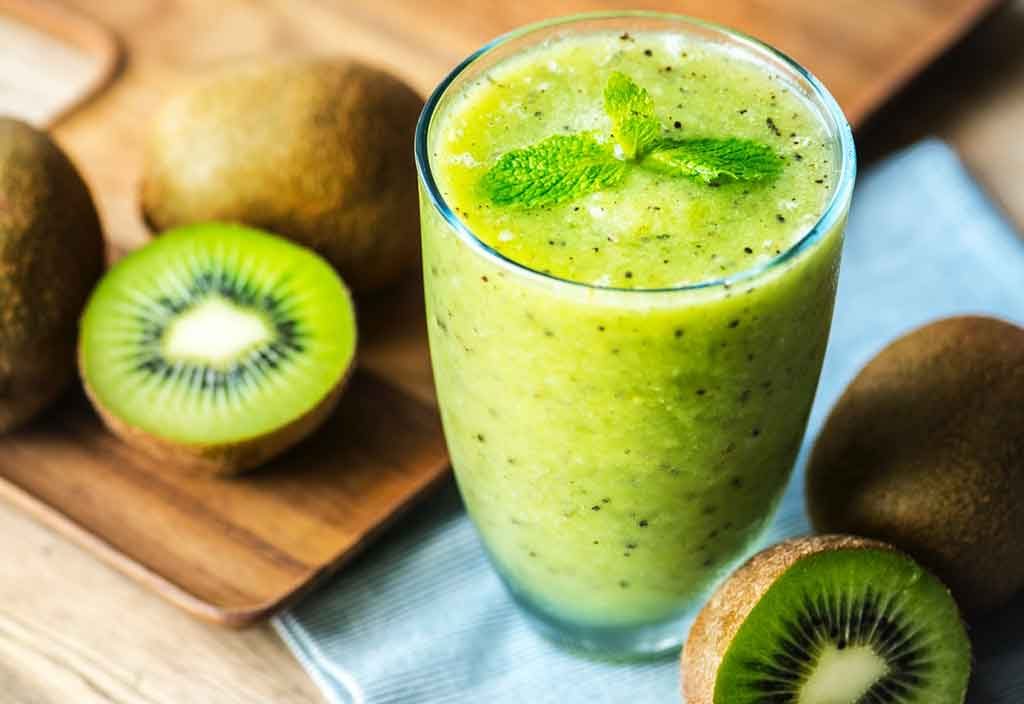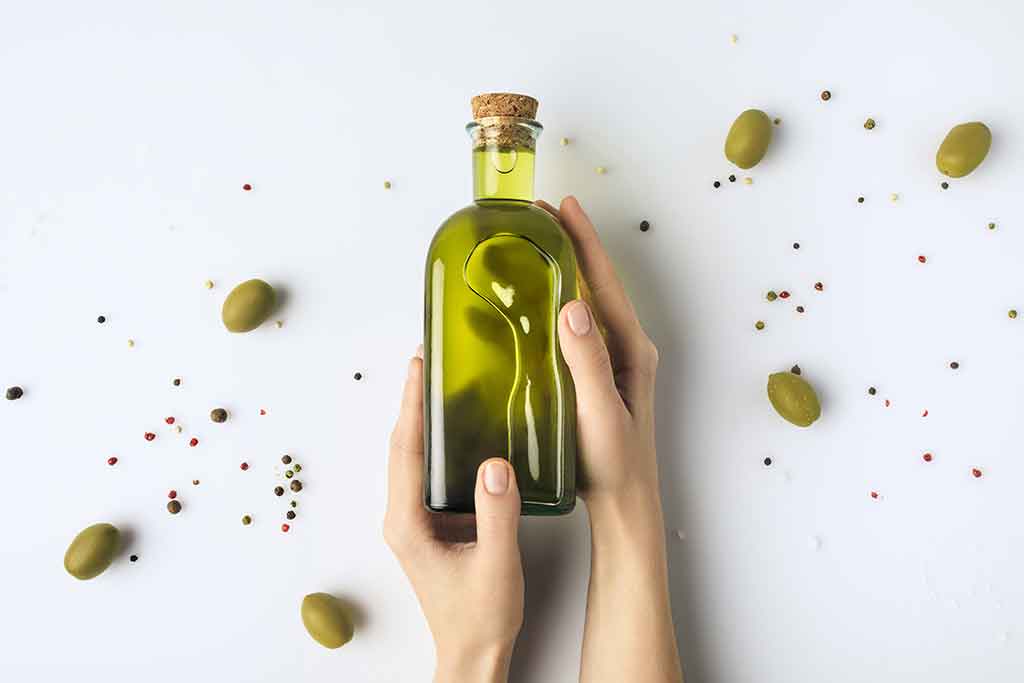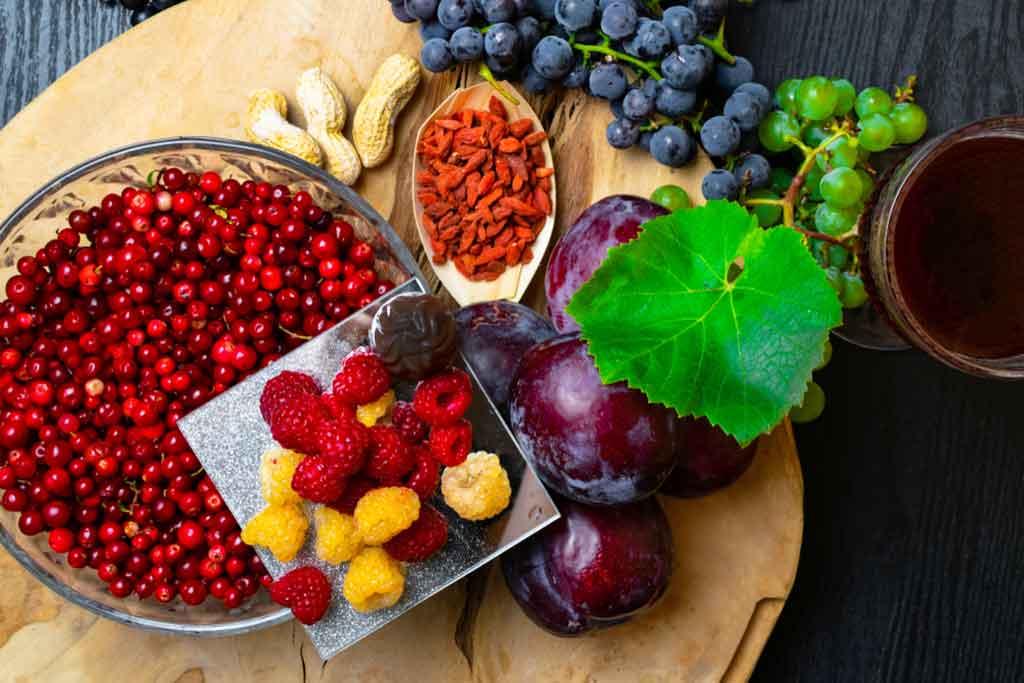6 Flavonoids to Tame Inflammation and Where to Find Them
Chronic
inflammation is understood to cause cellular damage and lead to many of our
modern diseases. Fortunately, nutritional compounds called flavonoids can tame
inflammation to help prevent damage, and support your body’s repair process.
There is a distinct and direct the relationship
between the food you eat and the status of your body’s internal environment.
Diet goes a decidedly long way towards influencing your body’s ability to avoid
and repair cell damage.
Keeping that environment just right is key to maintaining a healthy peripheral nervous system, and your diet has a very strong impact when it comes to helping you do this.
The food we eat literally fuels our body — so it makes sense, then, that our bodies won’t perform well if we insist upon constantly filling them up with nutrition-deplete, toxin-filled junk.
All of this is to say that when this environment
is thrown off-balance, even just a little bit, the consequences can be dire for
your peripheral nervous system. This goes double for instances in which this
imbalance is allowed to persist and becomes chronic.
Flavonoids,
in particular, are naturally-occurring compounds that
are found in a wide variety of plants, nuts, berries, and other fruits and
veggies. They help tame inflammation in a big way, which goes a long way
towards keeping our nerves healthy. Even better — they’re decidedly easy to
come by.
The Link Between Chronic Inflammation and Nerve Degeneration
One of the most important things to understand about the peripheral nervous system is that it’s made up of some pretty delicate components. Those nerve endings that extend all the way out into your hands and feet can be very thin in some places. Many of them benefit from the protection offered by something known as the myelin sheath — but some nerves don’t have this, and others can lose it during the early stage of nerve damage.
Chronic inflammation is one of the more predominant types of an internal imbalance that can cause nerve damage, with the Rand Corporation finding as recently as 2014 that nearly sixty percent of the population are living with at least some type of chronic inflammatory condition.
Your Immune System, Run Amok
When your body detects trauma, it does its best to heal itself — it’s pretty nifty, that way. To a degree, this self-healing can be very effective.
In some cases, however, the alarm system gets triggered and then never really shuts off properly. The result is chronic inflammation.
Antibodies and white blood cells are the body’s
first line of defense against things like invading pathogens, and they also
help with things like tissue repair. As trauma occurs, the body will send those
things to the site of the issue, with the blood acting as a delivery system.
Since extra blood has to be routed to the site of the trauma to deliver those antibodies and white blood cells, the result is what we call inflammation: redness, swelling, and often an increase in localized heat.
Provided that the inflammation can be reduced once its purpose has been served, this is mostly a good thing for the body. It’s when the inflammation response doesn’t get turned off properly, that the problem starts. This is typically the kind of problem we describe as being autoimmune, and it essentially means that your immune system is attacking your body by mistake.
The long-lasting inflammation that can come about as a result of this creates an environment that is damaging and toxic for your nerve endings.
Part of the inflammatory process involves the release of certain chemicals called cytokines. These compounds excite your nerves in a way that causes the pain we commonly associate with inflammation.
Too much of this excitement, however, can wind up damaging your nerves. Eventually, they begin to die off, resulting in the painful onset of peripheral neuropathy.
Foods That Fend Off Inflammation

Dietary adjustments have been shown to help reduce the amount of inflammation in the body — especially when that diet has been adjusted into one that heavily features a set of biological anti-inflammatory compounds known as flavonoids.
Found very ubiquitously in fruits, vegetables, and other plant foods, flavonols are, among other things, the chemical components responsible for lending fruits and veggies their pretty colors.
Known as phenolic compounds, flavonoids are produced naturally by plants, acting as chemical messengers and bestowing a bushel full of health benefits upon us when we eat them.
Flavonoids can help with a wide variety of ailments — they aid in the resistance against everything from cancer to cardiovascular issues — and go an especially impressive distance in the struggle against chronic inflammation (and the neuropathy it can cause).
Flavonoids Can Kiss Inflammation Goodbye
Due to their chemical structure, flavonoids are
very handy when it comes to their anti-oxidative qualities. They tend to be
especially keen at helping to stabilize compounds called free radicals, thanks to their anti-oxidative properties.
Free radicals are molecularly unstable compounds that sometimes run loose in the body. They’re highly reactive, and this causes something known as oxidative stress, which is damaging to tissues when it goes unchecked.
Antioxidants help to stabilize these free radicals. When you’re consuming natural whole foods that are rich in flavonoids, you’re getting a good amount of antioxidants, which can be effective at eliminating oxidative stress that leads to the kind of chronic inflammation that can cause nerve damage.
Our Favorite Flavonoids and Where to Find Them

1. Flavonols
Flavonols are super powerful and highly versatile little compounds that do a handful of helpful things inside the human body. They’re good for a bit of an energy boost, for one thing, and they do a lot to help out with cardiovascular health, as well.
Cardiovascular function is very important to just
about everything your body does, but it’s especially
important when it comes to your interest in maintaining a healthy nervous
system. The more blood you have flowing freely throughout your body, the more
you’re able to keep your nerve endings nourished and well-repaired, so
encouraging better blood flow can directly contribute to a more healthy set of
nerves.
Foods in which you can find abundant flavonols include:
- apples
- berries
- grapes
- teas
- cocoa
- fava beans
2. Flavones
Flavones are another class of flavonoids, and
they’re most commonly found in various spices and peppers. Flavones are
closely connected with the elimination of those dangerous free radicals, so
their antioxidative nature is a solid ally when fighting against inflammation.
You can find flavones in:
- bell peppers
- black pepper
- parsley
- celery
- chamomile tea
3. Flavanones
Citrus fruits are packed to the gills with this subset of flavonoids, and this is part of what makes them so effective when it comes to fighting the inflammation that can lead to painful nerve damage. They’re a great anti-inflammatory snack, and they’re bursting with antioxidants, as well. However, due to their glycemic index level, they must only be consumed in moderation, and not as a juice.
Pretty much any citrus-related fruit is going to
have a high amount of flavanones, such as:
- grapefruits
- oranges
- limes
- lemons
4. Flavonols
Flavonols are another subset of flavonoids that are known for their antibacterial and anti-oxidative properties. You might have heard of quercetin before, as it’s one of the more popular and widely-known flavonols, easy to find in a variety of healthy foods, and is known for its somewhat bitter taste.
Quercetin and other flavonols are effective when it comes to encouraging blood flow, which not only helps keep your nerves healthy but also aids in the prevention of risk for things like blood clots that can cause a stroke or heart attack.
Flavonols are found in foods such as:
- onions
- kale
- leeks
- Brussels sprouts
- broccoli
- berries
- apples
- beans
5. Anthocyanidins
This particular group of flavonoids is as tough to say as it is healthy and beneficial to your body. They do a lot of health-promoting jobs, like helping you fight off free radicals, keeping your blood pumping, and maintaining your heart’s health status. According to researchers at Oregon State University’s Micronutrient Information Center, these compounds can have effects ranging from anti-inflammatory to anti-cancer mechanisms, making them powerful in the fight against different types of illnesses.
Find your healthy dose of anthocyanidins in foods
like:
- legumes
- pomegranates
- plums
- blueberries, blackberries, strawberries
- red and purple grapes
- kiwi
Healthy Snacks for a Healthier Nervous System

When it comes down to it, the world can be a
pretty assaultive place. Even just the cleaning supplies we keep under the
kitchen sink can be harmful to our bodies. And that’s to say nothing of some of
the preservative- and additive-loaded foods currently lining the shelves of
most grocery stores across the nation.
Toxins are everywhere, so it’s on us to make sure
that we’re funneling healthy fuel into our bodies, lest our nerves begin to
wither and die on us.
There exists a veritable cornucopia of ideas to
help you enjoy your favorite flavonoids when you’re feeling a bit peckish. Just
because you have a case of the Saturday Snacks doesn’t mean you have to reach
for something unhealthy.
Foods like celery with nut butter or avocado on almond flour crackers can be a tasty way to enjoy some anti-inflammatory foods on the go. Even easier is just bringing some berries along with you the next time you leave the house for the day. You can whip up something easy like citrus guacamole, or just blend up a quick smoothie with lots of citrus and berries.
Eating healthy doesn’t have to be as limiting as it might seem at first. With a bit of inspiration and creativity (and a dash of motivation, to top it all off), it’s pretty easy to come up with enjoyable ways to push back against inflammation.
Top 4 Reasons Why Olive Oil May Benefit Nerves

Extra-virgin olive oil may hold secrets to not only peripheral nerve health but central nerve…
Beware of These Foods That Flare

One of the biggest contributors to the onset of peripheral neuropathy is body toxicity. Your…
2 Most Powerful Anti-Inflammatory Antioxidants

Did you know that your diet goes a long way toward helping you keep your…
Simple Snacks for Reducing Inflammation and Nerve Pain Naturally

Inflammation is peripheral neuropathy’s best friend...which means it’s your body’s worst enemy. Chronic inflammation is…